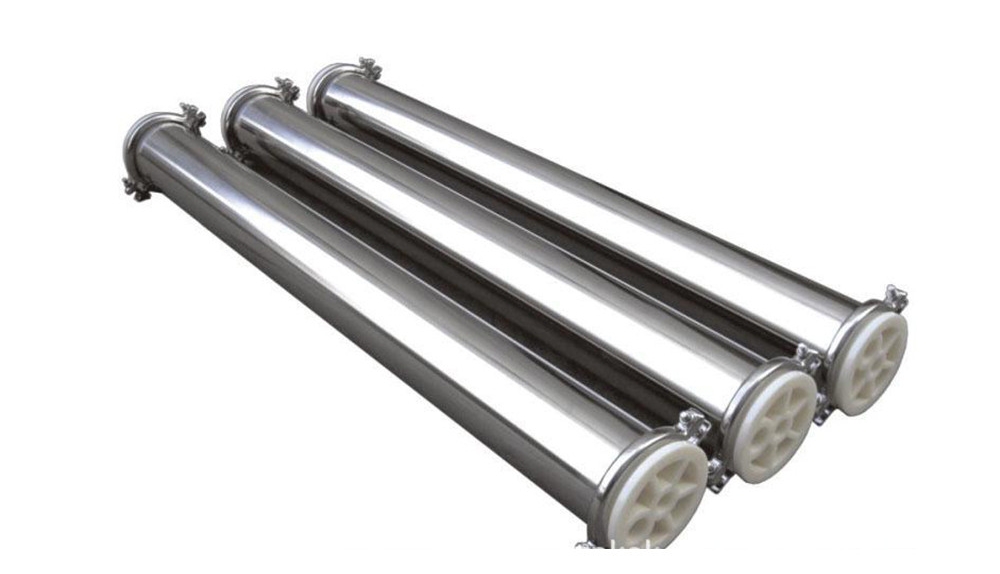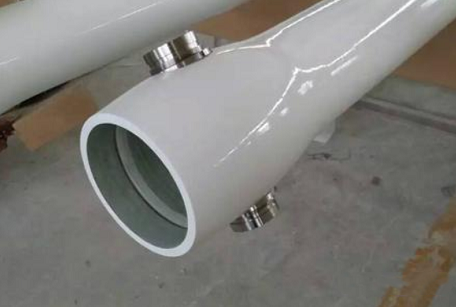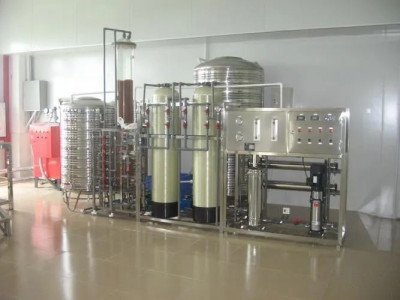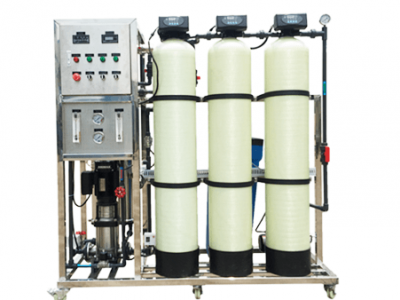Classification and Characteristics of Membrane Housings
Membrane housings, crucial components in reverse osmosis water purification systems, are typically manufactured from food-grade PP, fiberglass, or stainless steel using high-temperature or dissolution processes. Their primary function is to accommodate various ultra-filtration and reverse osmosis membranes of corresponding sizes, ensuring optimal filtration performance and preventing water leakage or quality degradation. The market offers four main types of membrane housings based on material composition:
1. PP Plastic Membrane Housings
PP plastic membrane housings are currently popular, featuring:
Advantages:
– Good elasticity and lightweight
– Self-adjusting to water pressure variations
– Relatively low cost
Disadvantages:
– Poor wear resistance
– Limited pressure resistance
– Suboptimal aging resistance
– Potential for external wall damage and leakage under high pressure
2. Transparent Glass Tube Membrane Housings
These housings find application in specific industries and are characterized by:
Advantages:
– Higher pressure resistance than plastic housings
– Direct visual inspection of membrane condition
– Aesthetic appeal
Disadvantages:
– Fragility and lower safety profile
– Limited usage, primarily in specialized industries
– Requires extra care during installation and maintenance
3. Stainless Steel Membrane Housings
Predominantly used in commercial and industrial water purification products, stainless steel housings offer:
Advantages:
– Superior quality and high pressure resistance
– Excellent aging resistance
– Good corrosion resistance
– Extended service life
Disadvantages:
– Strict material quality requirements
– Higher cost
– Significant weight, unsuitable for frequent relocation
4. Fiberglass Membrane Housings
Fiberglass housings, produced through computer-controlled automatic winding, primarily consist of epoxy resin and fiber. They feature:
Advantages:
– Excellent pressure, temperature, and corrosion resistance
– Superior insulation properties
– Lightweight construction
– Strong corrosion resistance
– High customizability
Disadvantages:
– Complex manufacturing process, potentially higher costs
– May require specialized skills for repair and maintenance





